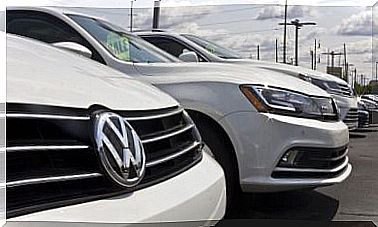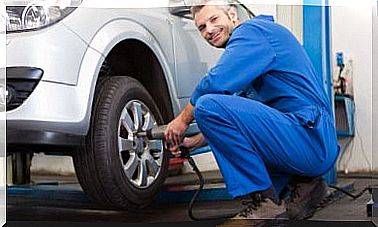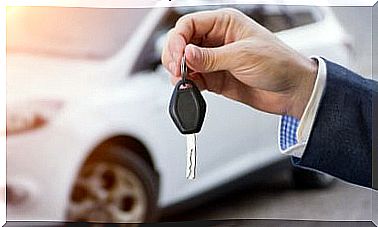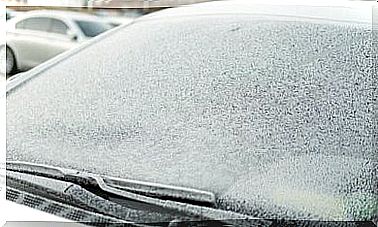3 Differences Between An Understeer And An Oversteer
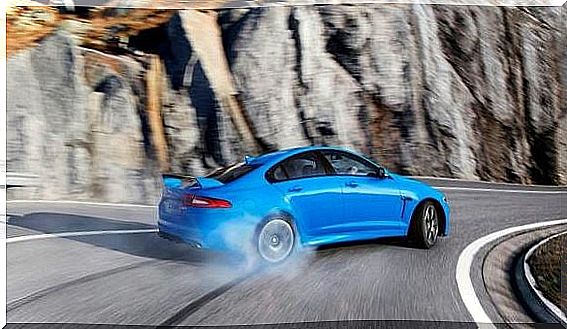
As much as we have advanced driving safety systems, we can always experience understeer and oversteer. Both are situations of loss of control of the vehicle, and the result of the maneuver will depend on us.
In a matter of seconds, we could go from a simple controllable skid to a sharp skid. In the worst case and driving at high speed, the car could even overturn. A wrong maneuver can end in a disaster with catastrophic outcomes.
The important thing is to know that this can happen and to understand what it is about. In the following, we will deal with the problem a bit and understand both situations. The following information may help us understand what happens when we corner on wet surfaces and at some speed.
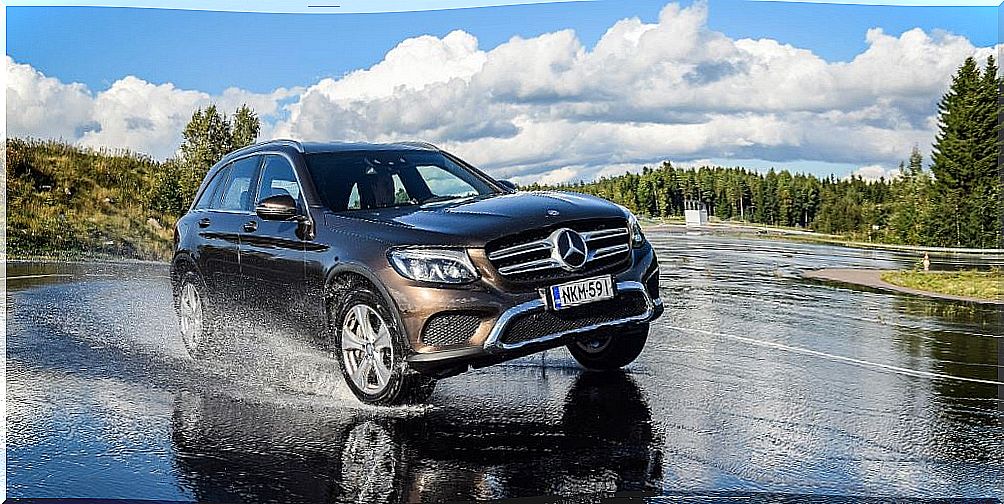
In understeer you lose control at the front of the car
We passed a curve without caution and stepping on the accelerator. Suddenly, the front wheels skid and we lose control of the car, unable to make the turn. This forward drift is what is known as understeer.
When this happens, a more open route than desired is generated, not being able to enter more glued towards the curve. Basically, what happens is that the rear part goes out of the direction dictated by the front end.
In oversteer the skid occurs on the rear wheels
Similarly, oversteer occurs when we accelerate too much in a curve, only the wheels that skid are the rear ones. In general, there is an excessive inward movement or turn and this causes us to lose control in the maneuver.
This situation occurs more in certain types of cars and we will see that the type of turn will depend in part on each car. It should be noted so far that understeer and oversteer are dangerous because we lose control of the steering wheel. The greatest risk in both cases: that the vehicle overturns after spinning.
Understeer occurs more in front-wheel drive vehicles
Cars that have both the engine and the front-wheel drive are more prone to understeer. Logically, this situation is much more common because most commercial cars have this system. Most SUVs are like this.
For all this, it is more common that when taking a curve we notice that our vehicle continues a straight path. When driving commercial cars, we must remember that most of them mostly generate the force in the front.
Oversteer is more common in high-end and sports cars
Racing cars almost always have the drive and the engine at the rear end of the vehicle. This arrangement is made to promote aerodynamics, increasing the risk of oversteer. That is why we see in Formula 1 competitions that when a competitor loses control, his car spins non-stop.
However, it is not only the fast racing machines that are at risk. Rear-wheel drive sports and pseudo-sports cars circulate on the street, having the same probability.
Powered vehicles are also prone to these types of hazards. You can even oversteer in a front-wheel drive car under certain circumstances.
An understeer and an oversteer : how we act in both cases
Fortunately, there are ways to maneuver in the middle of both technical phenomena. In understeer, the correct thing to do is to step on the brakes progressively and let the car slow down straight.
The important thing is to stop stepping on the accelerator incrementally and to tap on the brake pedal. Abrupt reactions and ‘counter-steering’ will only make things worse.
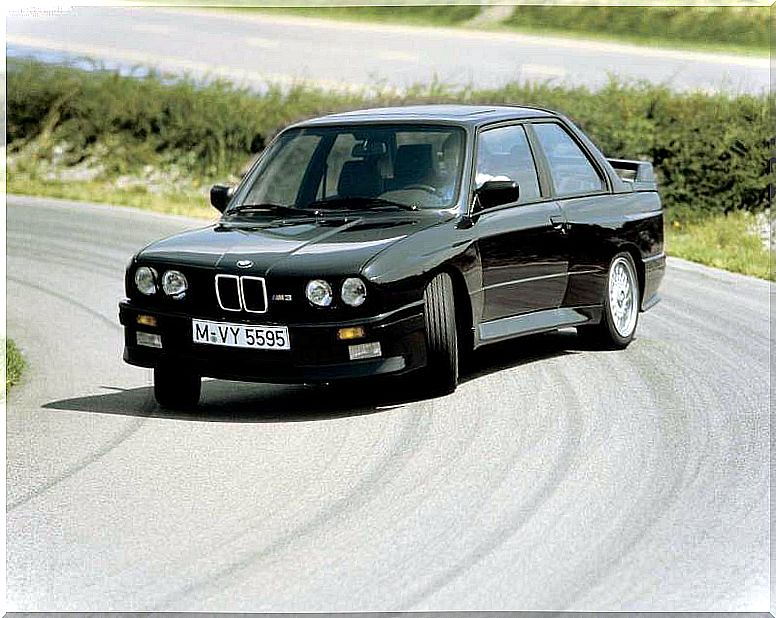
In the case of oversteer, the best alternative is to do the counter-steering. While we carry out the maneuver, we will have to take our foot off the accelerator, although never completely. As we regain some control, we will reduce the steering wheel to stabilize and accelerate a bit to gain traction.
As we can see, coming out unscathed from understeer and oversteer is entirely possible. The first thing we need is patience and dominance, in milliseconds. The matter is not so simple, but with these tips that we have seen we already know how to do it.


